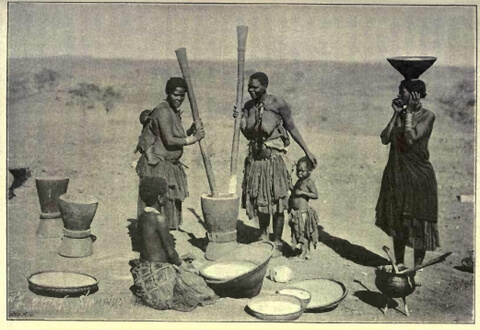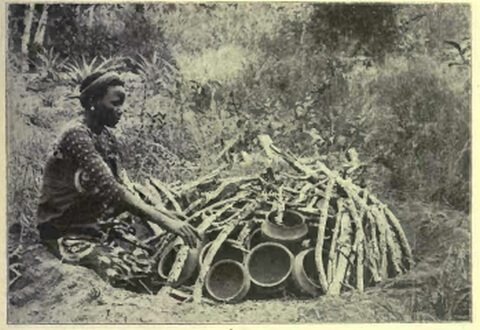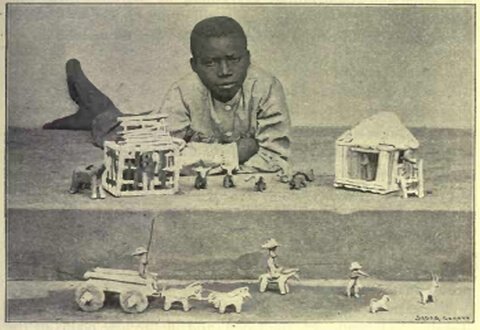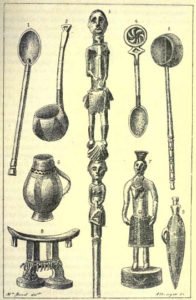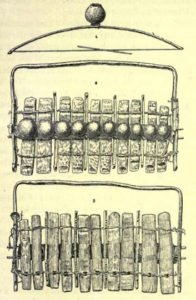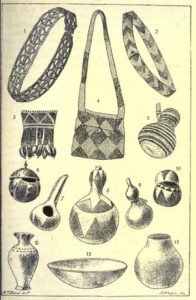Shangaan Tribe
The Shangaan tribe was formed when Shaka the Zulu King decided to conquer the Tsonga tribe and he sent out his warriors led by Soshangane to do this. But Soshangane chose instead to set up a new tribe when he came upon some communities of peaceful people spread and some land that seemed fertile. These people included members of the Tsonga tribe as well as Nguni.
Soshangane taught the people the Zulu method of battle. They lived at the time in the area that is known today as Mozambique. Over the next few years together with his warriors, Soshangane overwhelmed the Portuguese settlements that were in Mozambique at the time and created the Nguni kingdom of KwaGaza. This Kingdom consisted of part of the land of Southeastern Zimbabwe, parts of Southern Mozambique and also parts of South Africa. Soshangane died in 1856 and his son Mzila replaced him as Chief. After being defeated by the Portuguese, the Shangaan tribe fled towards the Transvaal.
The Shangaan tribe and the Tsonga tribe are renowned for their mine dances as well as the musical instruments that they developed including the ‘xitende” and the “fayi” which is a short wooden flute.
The Shangana Cultural Village near Hazyview in the Mpumalanga Province was built by Shangaan people to preserve their heritage and give tourists a chance to see and experience the way of life of the Shangaan. There are organized tours of the Village available.
The Shangaan tribe today lives in areas within The Northern Province and Mpumalanga, South Africa while the Tsonga tribe mostly lives in Southern Mozambique.
